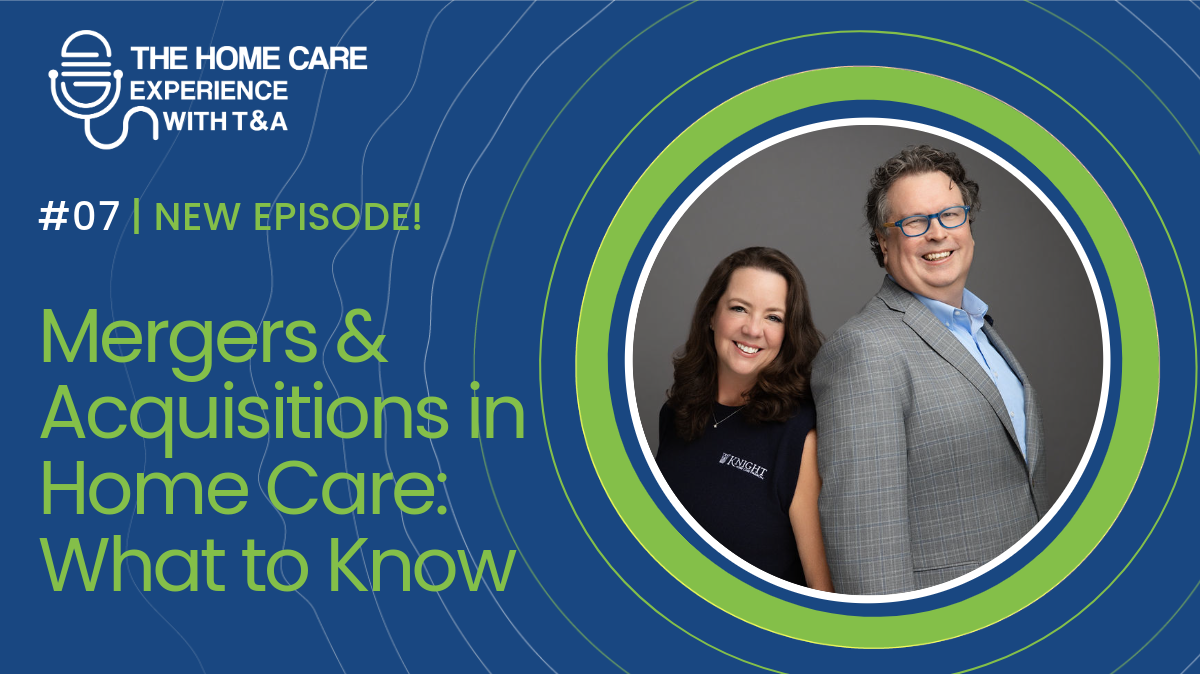How Implementing the Entrepreneurial Operating System Can Take Your Business to the Next Level
The Entrepreneurial Operating System (EOS) is a comprehensive business management system designed to help business leaders run their organizations more effectively. It provides a set of practical tools and concepts that help businesses clarify their vision, strengthen their operations, and develop a more cohesive and high-performing team.
The Foundation of EOS
The EOS system focuses on six key components of any business: vision, people, data, issues, process, and traction. By addressing each of these components and implementing EOS tools and practices, organizations can improve communication, drive accountability, and achieve long-term success.
Before we begin, I would like to say that I am not personally certified in EOS, but my company adopts EOS best practices. When implemented effectively and fully leveraged, EOS can help a company achieve its long-term goals by bringing everyone in the company together through cohesive efforts, working towards a shared vision among all members of the company.
Leadership Team
Creating a leadership team is a crucial first step to implementing EOS successfully. The people you select for this team do not necessarily have to be in leadership positions already. The most critical factor is that they are individuals you can trust and have candid conversations with, regardless of their current management status. The size of your team should be determined by your business’s needs and size, but you should strive to keep it small.
Later, we’ll talk about the important role this leadership team will play in implementing and successfully utilizing EOS.
Accountability Charts
Accountability charts are a fundamental aspect of EOS because they help businesses establish clear roles, responsibilities, and reporting lines. By creating an accountability chart, a company can identify all the key roles and departments required for the business to operate efficiently. The chart helps clarify who is responsible for what, which reduces confusion and overlap in duties and ensures that every employee knows their specific responsibilities.
It can be challenging to assign a single person to each accountability seat in smaller organizations where overlapping roles are prevalent. However, it is crucial to do so to prevent any confusion regarding who is responsible for each task.
By following these guidelines, companies can create a clear and functional accountability chart that ensures that all tasks are assigned, and each team member knows their responsibilities.
Meeting Candence
Daily Huddles
As a leader, one of my favorite ways to connect with my team is through quick 15-minute check-ins. These brief meetings are designed to be a fast and efficient way to touch base with your entire company to ensure that everyone is on the same page. During these check-ins, we use a simple framework to guide our conversations, including updates on what’s happening (What’s up?), potential roadblocks or issues (Heads up), areas where we need support or help (I’m stuck), and recent successes or wins. While these check-ins work well for traditional organizations, it’s important to recognize that they may not be the best fit for every organization or industry. For example, in home care and hospice, daily meetings may not be practical due to the nature of the work. In these cases, it may be worth considering alternative approaches, such as assigning representatives to attend the meetings and facilitate communication and representation.
After Action Reviews
After-action reviews provide an opportunity for organizations to foster continuous growth and improvement in their processes and projects. These reviews allow us to assess what went well, what didn’t go well, and what improvements can be made going forward. Whether it’s a big client project, new employee onboarding, or in our case, post-tax season, it’s important to take the time to reflect on the process and outcomes. Anyone involved in the project should be encouraged to share their thoughts and insights, which can help identify areas for improvement and promote a culture of continuous learning and growth. While the time spent on these reviews may vary depending on the project’s scope and duration, it’s recommended to conduct them within one week of project finalization to ensure that feedback is fresh and actionable. By prioritizing after-action reviews and lessons learned, organizations can drive improvement, increase efficiency, and enhance overall performance.
Monthly One on One Meetings
One effective way to facilitate regular communication and performance tracking in the workplace is by implementing monthly 1-on-1 meetings between staff and leadership. During these meetings, staff can fill out a quick questionnaire that guides them to rank their experiences in the previous month, allowing for a more comprehensive understanding of the individual’s progress and challenges. It’s also beneficial to rotate the leader each month, to gain diverse perspectives and keep the meetings fresh. Additionally, setting scorecards and metrics that employees must hit every month can be helpful in tracking progress toward company goals. These metrics can be discussed during the 1-on-1 meetings and used to identify areas for improvement or additional training. Lastly, creating opportunities for employees to make suggestions for improving the company can increase employee engagement and morale, as it demonstrates that their opinions and ideas are valued. Implementing these practices can help companies foster a positive and productive workplace culture.
Weekly Leadership Meetings
The weekly leadership meetings are approximately 90-minute sessions that focus on the highlights, scorecard review, to-dos, and updates – both good and bad. During the meetings, every member of the leadership team presents their scorecard, which outlines their progress toward specific goals. The to-do list is also discussed, with emphasis placed on cleaning up the list and ensuring that it includes only what can realistically be accomplished in the next seven days.
The meeting is also an opportunity to prioritize issues that are bigger than normal day-to-day problems. These issues are addressed during the meeting, with a focus on resolving them and then creating and assigning the necessary to-dos. It’s essential to remember that issues are not to-dos; they are unsolved problems that require a solution. Overall, the weekly leadership meetings provide a space for leadership
to come together, review progress, and work collaboratively to address any issues that arise, ensuring the continued success of the organization.
Annual 2 Day Leadership Meetings
The annual two-day leadership resets are an essential time for leaders that forces them to focus on the business, not just working in it. Although it may seem impossible to take two days away from work, it’s crucial to review and refresh the organization’s vision, mission, values, guarantees, and differentiators. Hiring a coach for these two days may be expensive, but it can dramatically help in gaining valuable insights into the business’s strengths and weaknesses.
The 10-year target, 3-year picture, and 1-year plan are planned during the two-day leadership meeting. The 10-year target comprises the significant goals, while the 3-year goals should tie in and support the 10-year plan. The one-year plan is broken down into quarters, providing a clear direction for the organization to follow. It’s also okay to change the 10-year goals and plans depending on the organization’s circumstances. Overall, the annual two-day leadership meetings are a critical investment in the organization’s future and success.
EOS has various components that require to be utilized to maximize the process. Today we just scathed the surface of EOS. If you’d like to learn more about goal setting and EOS KPIS, you can watch my webinar with Erin Andrews from Startlign Accounting. If you’d like to look into finding an EOS coach, I recommend looking here
To fully optimize the EOS process, it is necessary to utilize its various components. We have only scratched the surface of EOS today, discussing leadership, accountability charts, and meeting cadence to support the success of EOS in your organization. If you are interested in gaining further insight into EOS goal setting and key performance indicators (KPIs), you can watch my webinar with Erin Andrews from Stratlign Accounting. Additionally, I recommend exploring EOS Worldwide to find recommended reading material, and an EOS coach near you.




